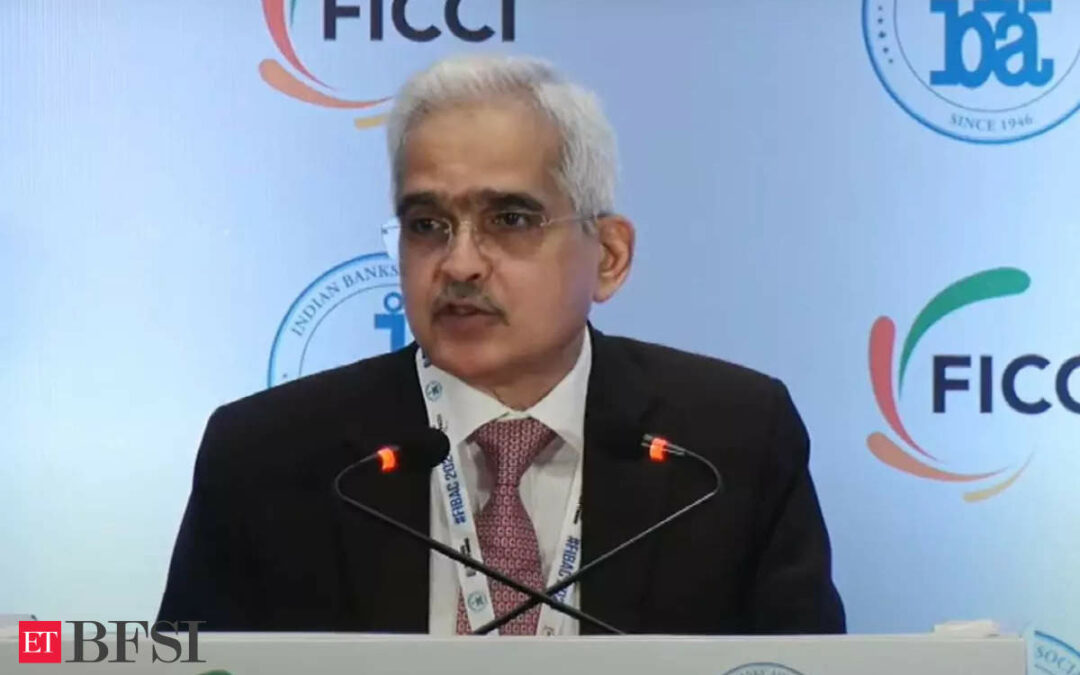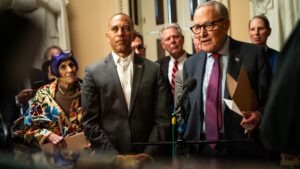India’s Q1 GDP growth moderated to 6.7% compared to the previous quarter, but the Reserve Bank of India’s Governor, Shaktikanta Das is confident that the nation’s growth story remains intact.
“India’s journey towards becoming an advanced economy continues, driven by fundamental strengths such a young and dynamic population, a resilient and diverse economy, a robust democracy, and a rich tradition of entrepreneurship and innovation,” said Shaktikanta Das, Governor, Reserve Bank of India.
Despite the moderation in Q1 growth, the Indian economy is backed by strong structural drivers, with private consumption and investment rebounding significantly.
These drivers include, policy push on creating robust physical infrastructure; our fast growing digital public infrastructure; innovation and technological advancements across sectors; and critical reforms in key areas, Das highlighted.
“The Indian economy rebounded strongly with an 8.3% growth in the previous fiscal year, and our growth projections for this year remain robust at 7.2%. The IMF and World Bank share similar views, projecting around 7% growth,” Das noted.
However, NSO placed Q1 GDP at 6.7%, reflecting moderation but also signaling steady momentum in growth drivers.
Private Consumption and Investment
Private consumption, which accounts for 56% of GDP, grew at 7.4% in Q1 from a feeble 4% in the second half of the previous year, indicating a revival in rural demand.
“This strong recovery in private consumption reconfirms the revival of rural demand, while investment, which accounts for 35% of GDP, has expanded at 7.5%, significantly higher than previous trends,” said the RBI Governor.
Growth-Inflation Balance
Das emphasised the importance of striking a balance between growth and inflation, as volatile food prices have disrupted the disinflation trend.
“While food inflation spiked recently, decisive steps have been taken to manage it. Our analysis shows that the balance between growth and inflation is well poised,” he assured. The RBI remains vigilant, especially with the monsoon and Kharif harvest, which could favorably impact food inflation.
The RBI’s legal mandate focuses on maintaining price stability with an inflation target of 4% (within a 2-6% range).
“The best contribution that monetary policy can make is price stability, which we are committed to maintaining,” Das stressed.
Financial Sector Resilience
Das highlighted the financial sector’s ability to weather global challenges, demonstrating robust health across key indicators.
Bank credit to agriculture grew by 18.1% year-on-year, while credit to MSMEs rose by 14.4%, indicating broad-based financial recovery.
Structural Reforms and Future Outlook India’s growth is underpinned by critical structural reforms, which are expected to fuel long-term prospects.
“Fast-growing Digital Public Infrastructure (DPI) and critical reforms in key sectors are playing an increasingly larger role in India’s macroeconomic outcomes,” Das explained.
Key initiatives such as Make in India and Start-Up India hold immense promise, particularly for MSMEs, and the private corporate sector is expected to step up further. Das concluded, “India is at an inflection point.”











